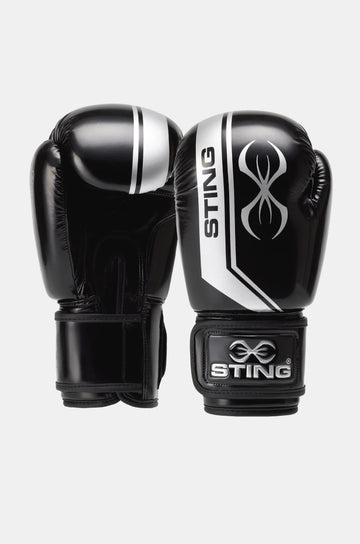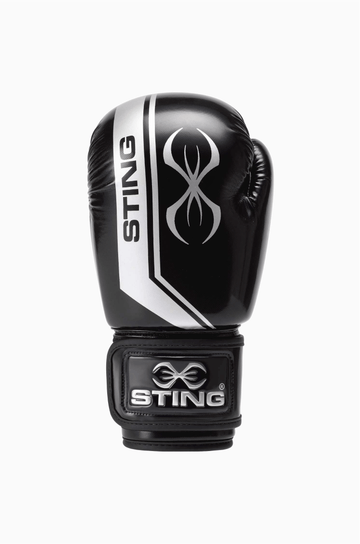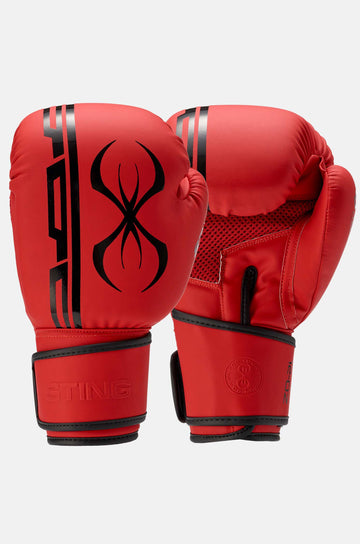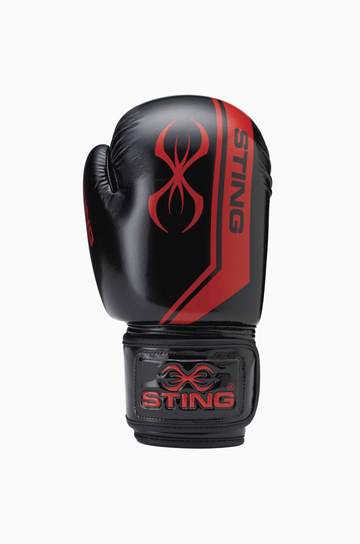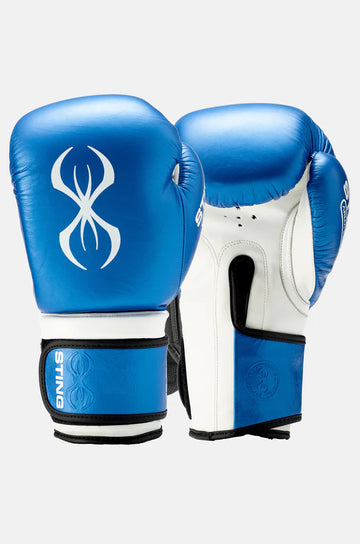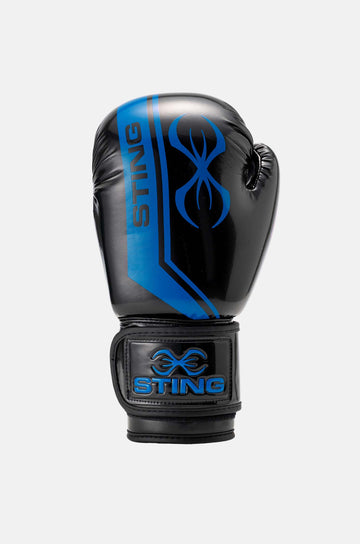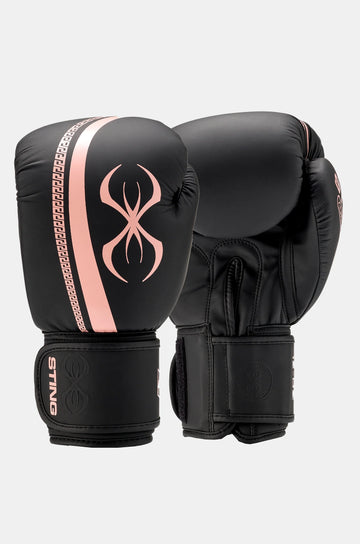UFC Weight Classes Explained: A Complete Guide to All Divisions
Understanding UFC weight classes is essential for fans, fighters, and anyone interested in the sport. These divisions ensure fair competition and allow fighters to perform at their peak without size or strength imbalances. Whether you're a beginner exploring MMA or a seasoned fan, this guide breaks down all UFC weight classes in both kilograms and pounds and why they matter.
Why Weight Classes Matter in UFC
In any combat sport, size and weight can dramatically influence performance. UFC weight classes create structure by grouping fighters into divisions based on body weight. This prevents mismatches that could compromise safety and fairness. It’s not just about size; it’s also about strategy, endurance, and how a fighter adapts their style in each class.
When choosing gear like bag gloves, boxing shoes, or even a punching bag, fighters often customize equipment to match the intensity and style of their weight class training.
A Breakdown of All UFC Weight Classes
Let’s take a closer look at the official weight divisions in the UFC, from lightest to heaviest:
-
Strawweight (up to 115 lbs / 52.2 kg)
Exclusively for women, this division is known for speed and technical precision. -
Flyweight (up to 125 lbs / 56.7 kg)
Used by both men and women, it emphasizes agility and footwork. -
Bantamweight (up to 135 lbs / 61.2 kg)
Fighters often bring a balance of power and speed here. -
Featherweight (up to 145 lbs / 65.8 kg)
Known for explosive combinations and fast-paced bouts. -
Lightweight (up to 155 lbs / 70.3 kg)
Often considered one of the most competitive divisions in UFC history. -
Welterweight (up to 170 lbs / 77.1 kg)
Offers a mix of knockout power and cardio-heavy fights. -
Middleweight (up to 185 lbs / 83.9 kg)
Strikes a balance between size and agility. -
Light Heavyweight (up to 205 lbs / 93.0 kg)
Known for devastating punches and a solid ground game. -
Heavyweight (206–265 lbs / 93.4–120.2 kg)
The largest class in the UFC, where knockouts are common and raw power dominates.
Understanding the difference between UFC weight classes in kg vs. lbs is important because the UFC officially uses pounds, but international fans and fighters often prefer kilograms.
How Fighters Use Weight to Their Advantage
Weight cuts are part of UFC strategy. Many fighters drop significant weight in the days before weigh-ins to qualify for a lighter division, then rehydrate and recover in time for the match. This tactic helps them retain a strength advantage. However, extreme weight cutting can impact performance and endurance.
That’s why training smart is just as important as fighting smart. Fighters use weighted training gear, proper boxing shoes, and protective wraps to stay in shape while minimizing risk during weight transitions.
If you’re just starting out, Sting Sport’s blog on Top 5 Boxing Punches You Need to Know: Techniques, Combos, and More is a great way to build fundamentals before choosing your ideal division.
Common Weight Class Transitions in UFC
Many UFC athletes shift between divisions during their careers. For example, a fighter might dominate the lightweight class and later move up to welterweight in search of new challenges or to avoid drastic weight cuts. These transitions can refresh a fighter’s career or expose them to different fighting styles.
Understanding the strengths and limits of each division, especially when considering all UFC weight classes, helps in predicting matchups and outcomes more accurately. It’s part of what makes MMA so unpredictable and exciting.
Key Takeaways for Fighters and Fans
Whether you're training for competition or just following the sport, knowing UFC weight classes helps you better appreciate fighter strategy and conditioning. Equipment matters too, from punching bags for endurance training to bag gloves designed for heavy strikes.
If you're new to stances or footwork, don't miss Sting Sport's Southpaw vs Orthodox: Which One Is Best, a helpful read that complements your knowledge of weight classes with fighting styles.
Conclusion
No matter the division, UFC fighters put in the work to stay competitive. Each weight class brings its own rhythm, risks, and rewards. Whether you're watching from the sidelines or training for your next bout, understanding the complete range of UFC weight classes gives you the insight needed to appreciate every punch, kick, and takedown.
Train smart. Equip right. And let Sting Sport be part of your fighting journey.
FAQs
1. What are the different UFC weight classes?
The UFC features multiple weight classes to ensure fair competition, including divisions like Flyweight, Bantamweight, Lightweight, Welterweight, and Heavyweight. These UFC weight classes are designed to match fighters of similar size and strength, helping maintain balance and safety in each fight.
2. How do UFC weight classes work in kg and lbs?
Each division in the UFC has a weight limit defined in both kilograms (UFC weight classes kg) and pounds (UFC weight classes lbs). For example, the Lightweight division caps at 70.3 kg (155 lbs), while the Welterweight division tops out at 77.1 kg (170 lbs). These limits are strictly enforced before each fight.
3. Do bag gloves and boxing shoes matter for MMA training?
Yes, using bag gloves and proper boxing shoes is important for effective MMA training. Bag gloves protect your hands during heavy bag sessions, while boxing shoes offer stability and support during footwork drills, both essential when preparing across all UFC weight classes.









